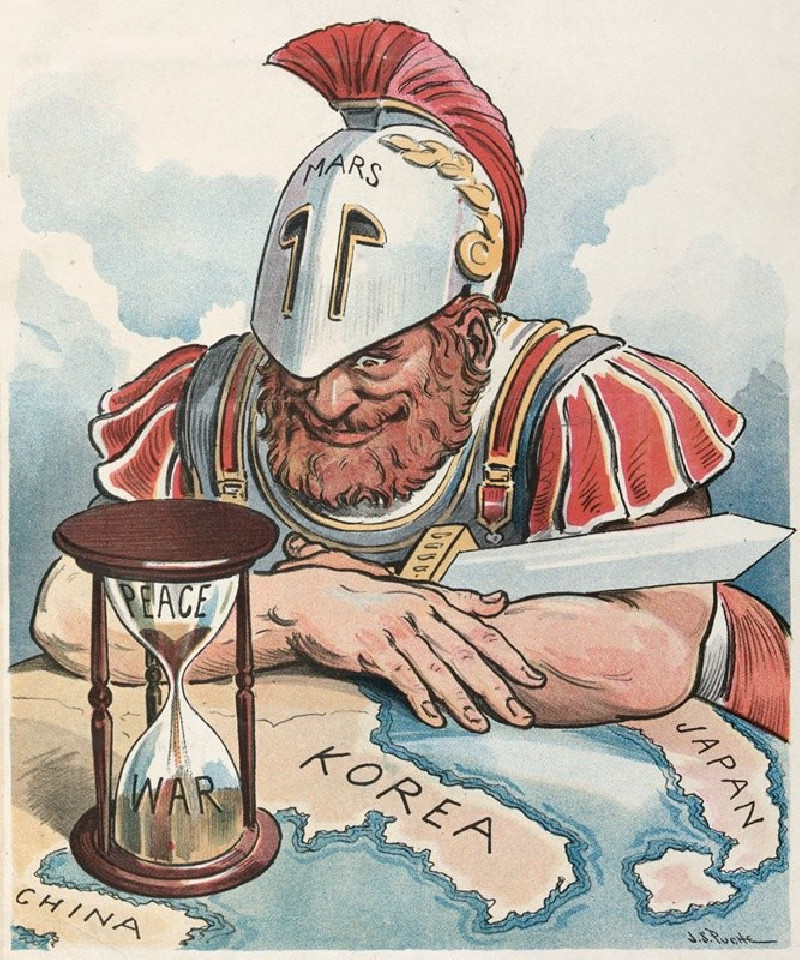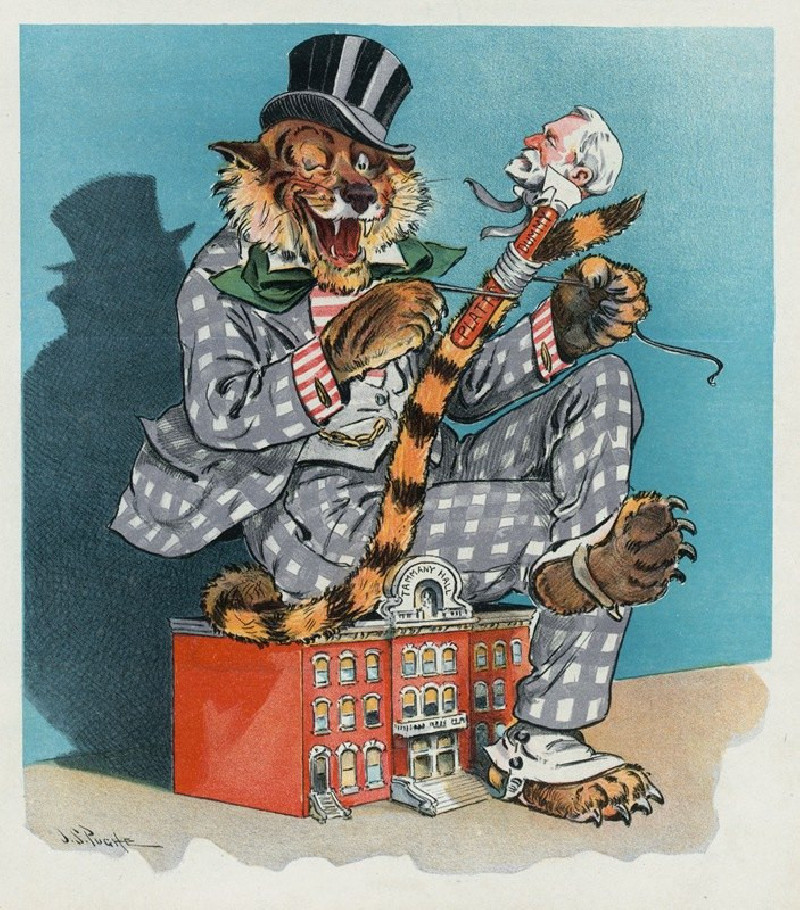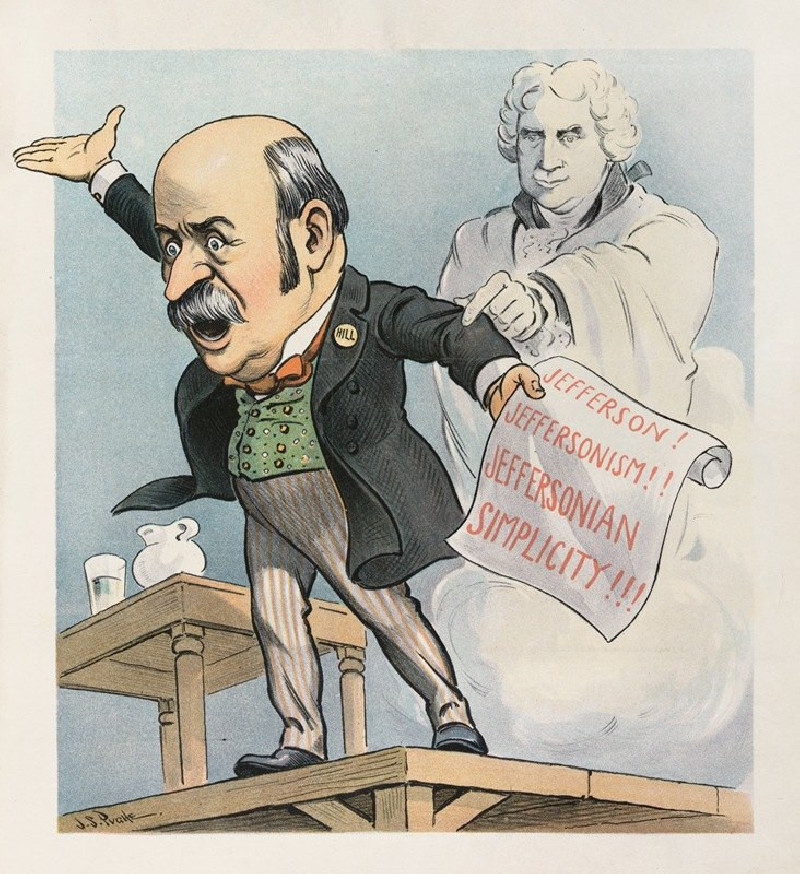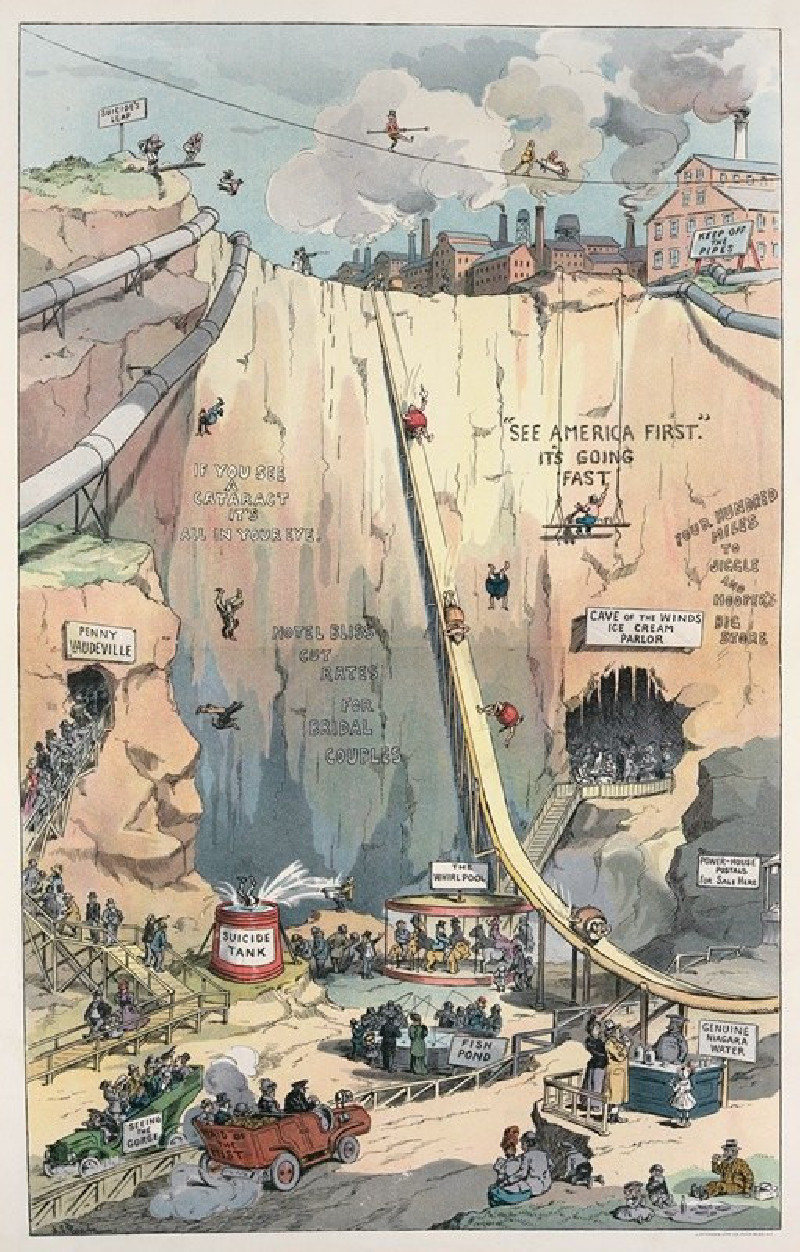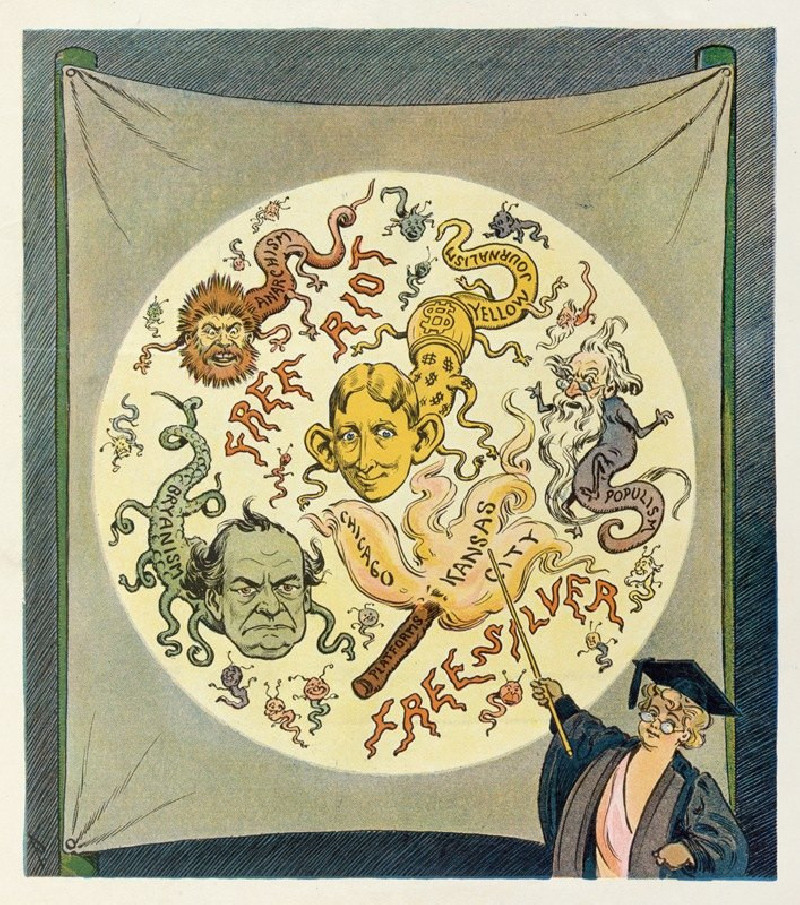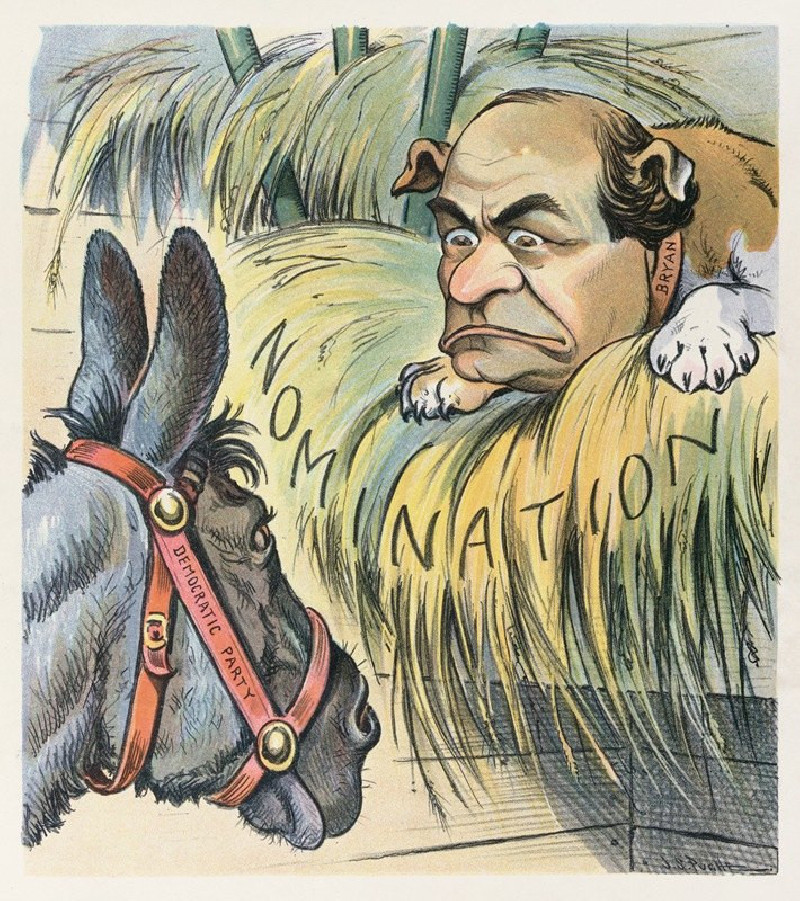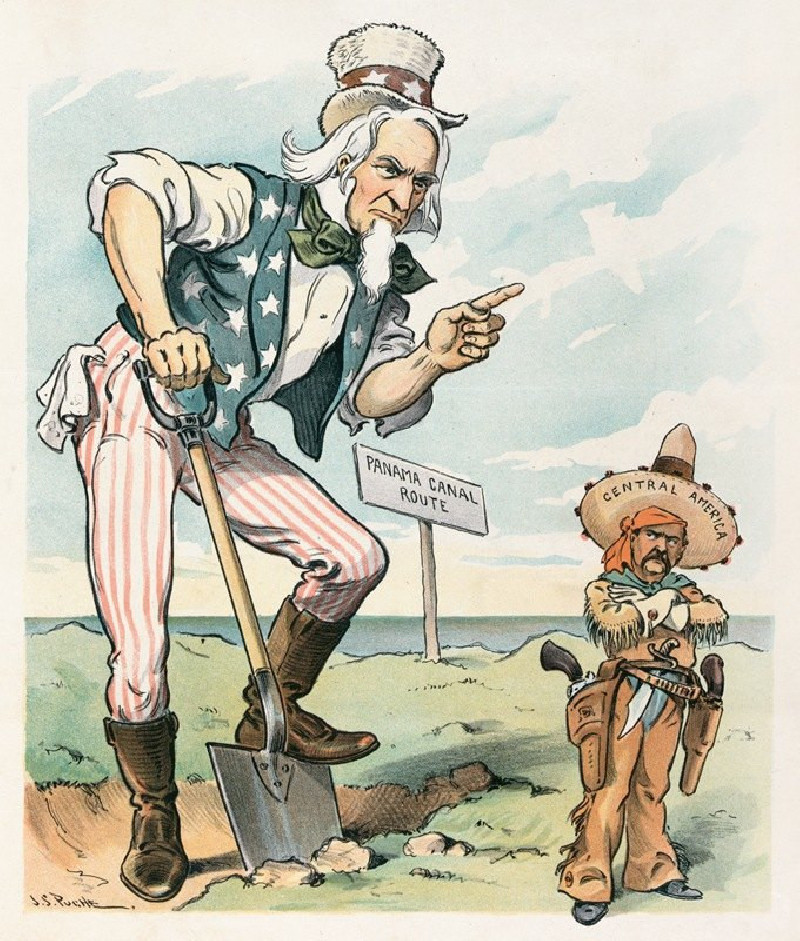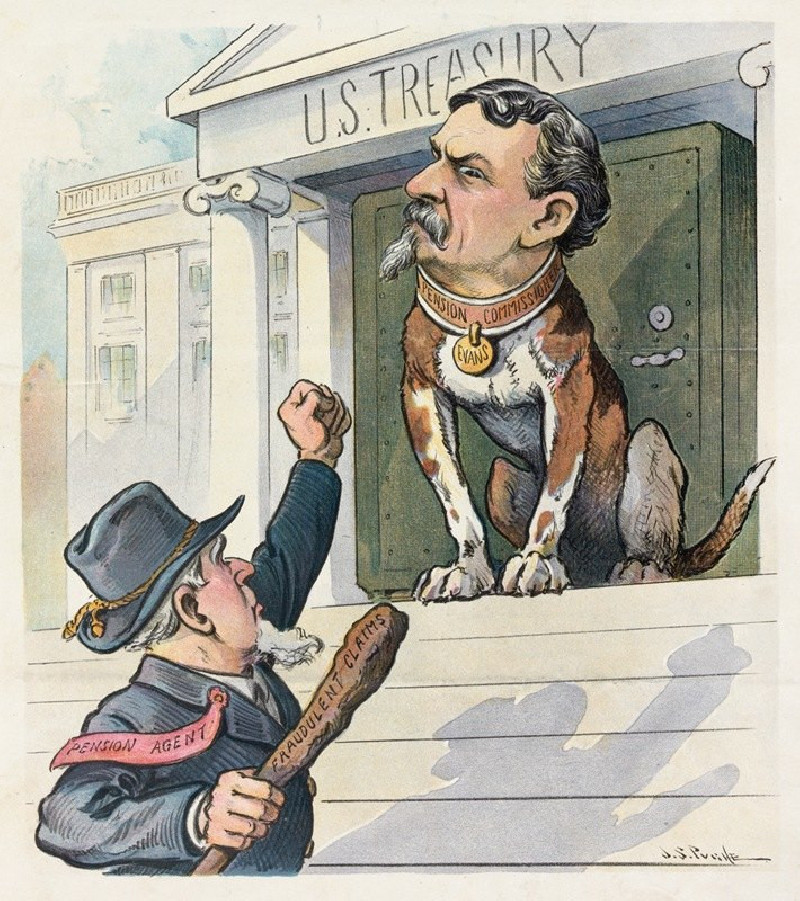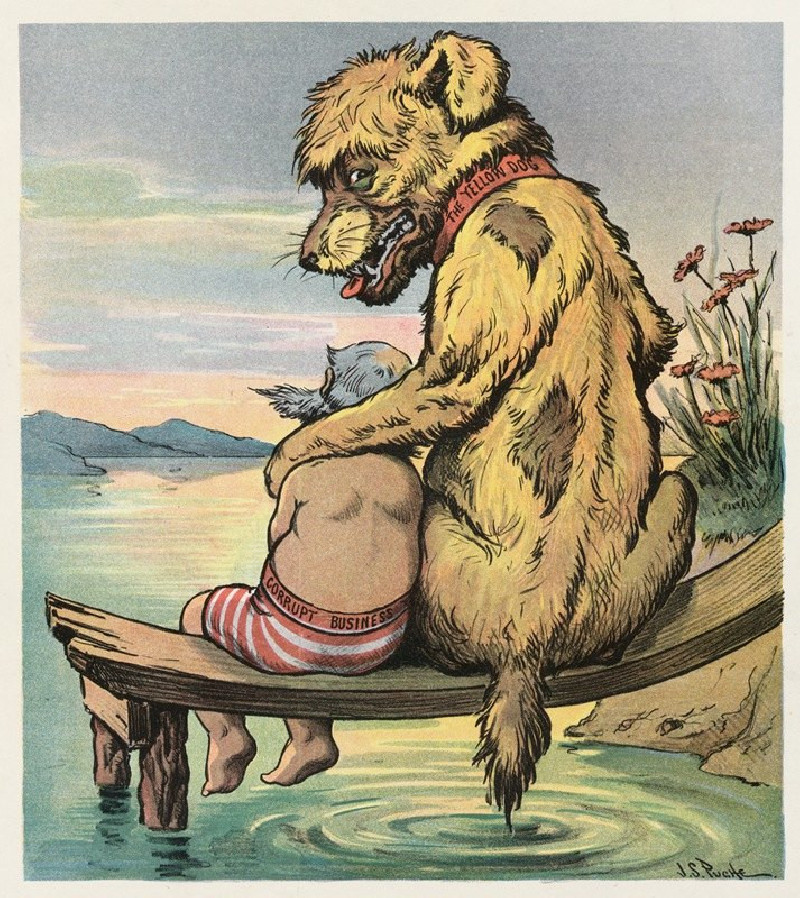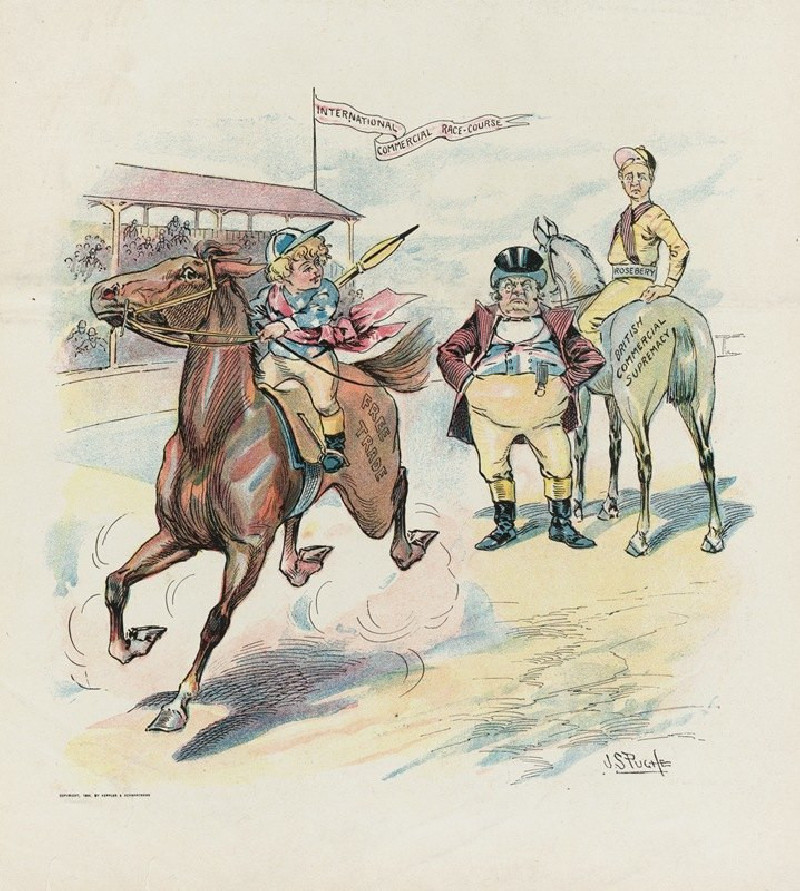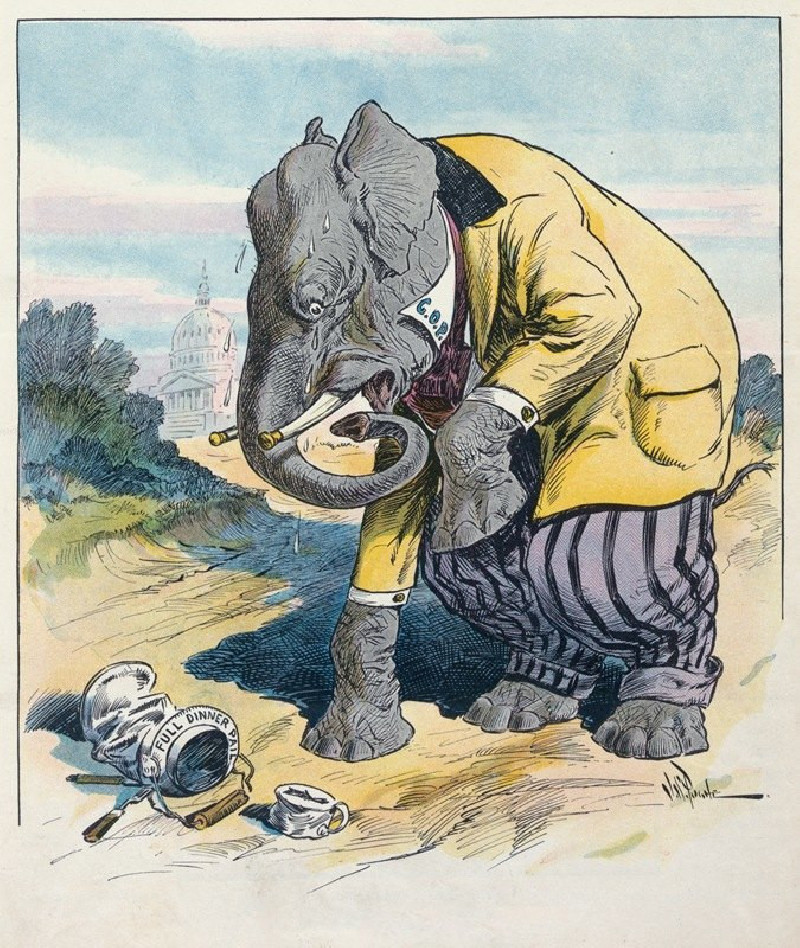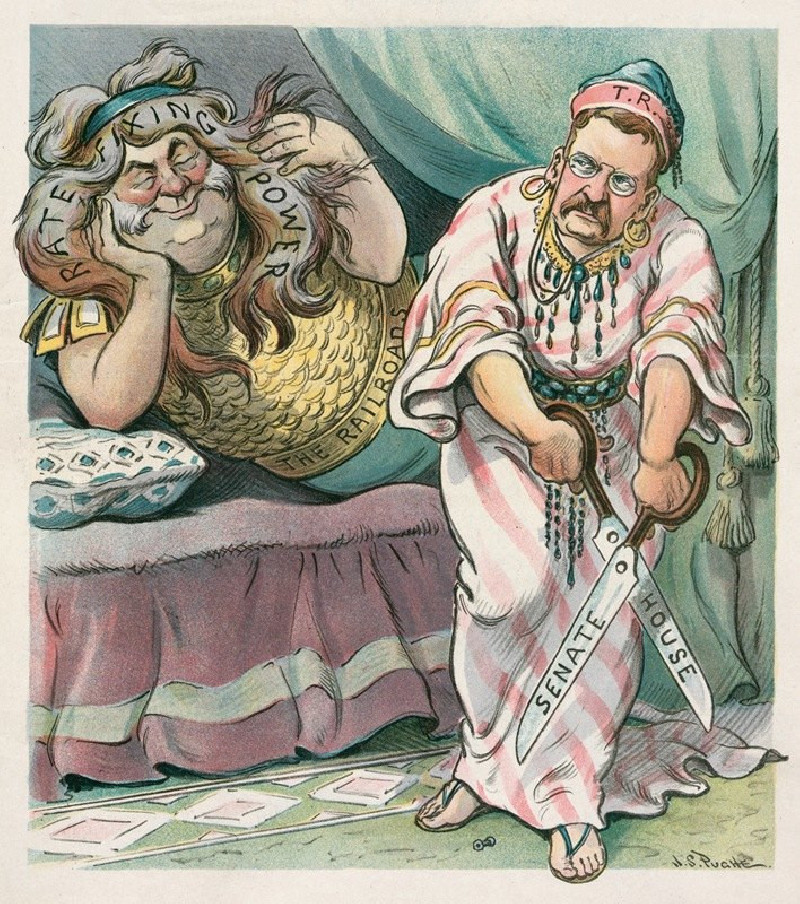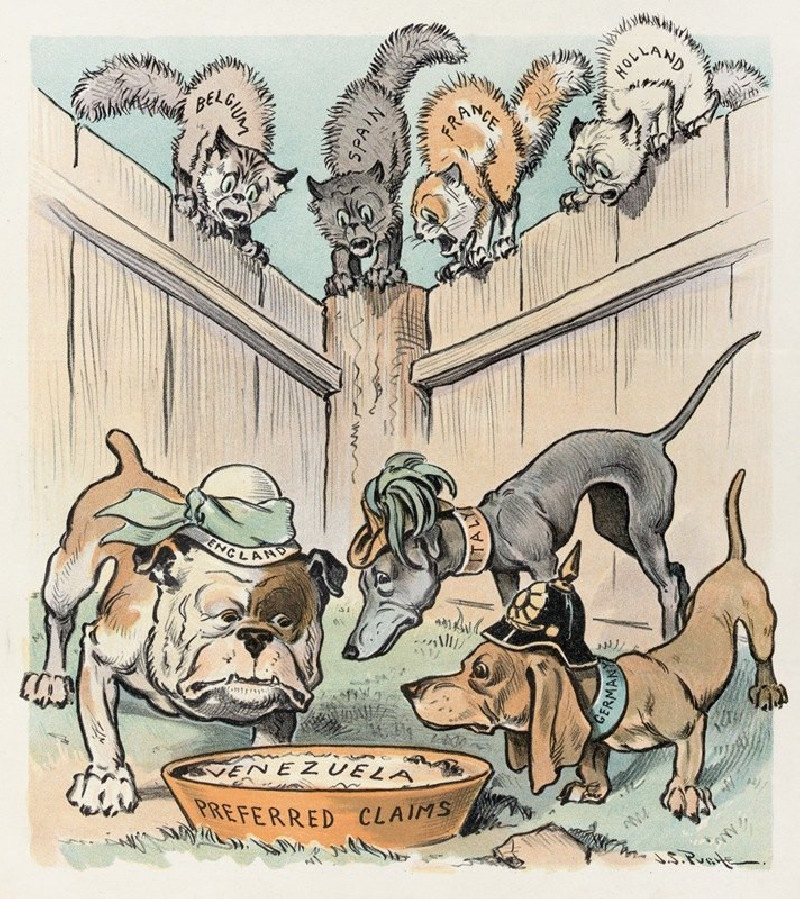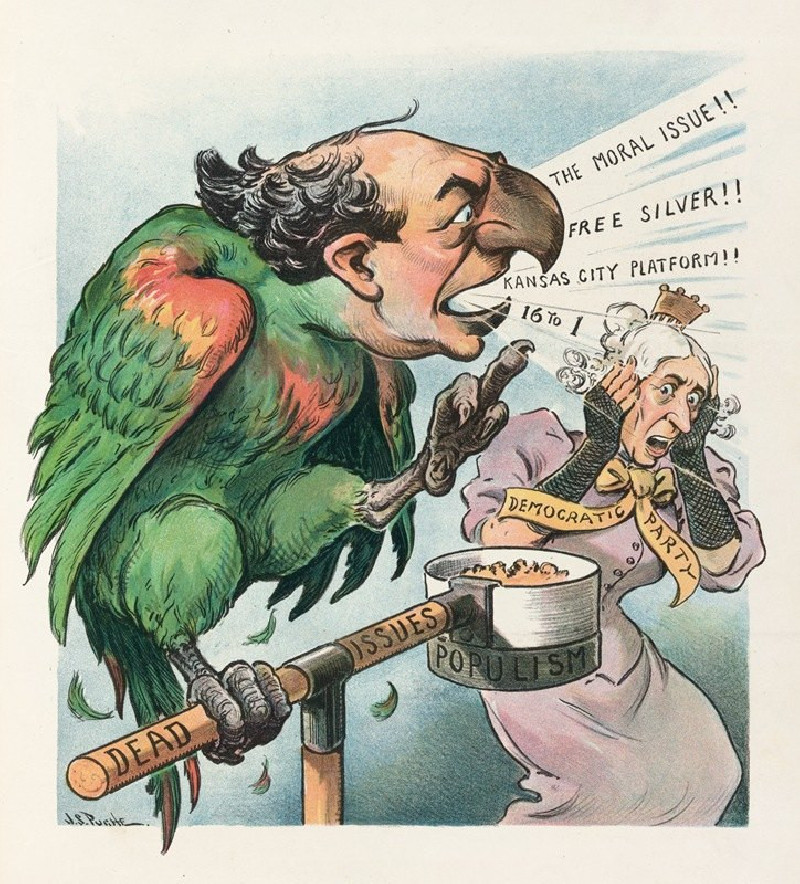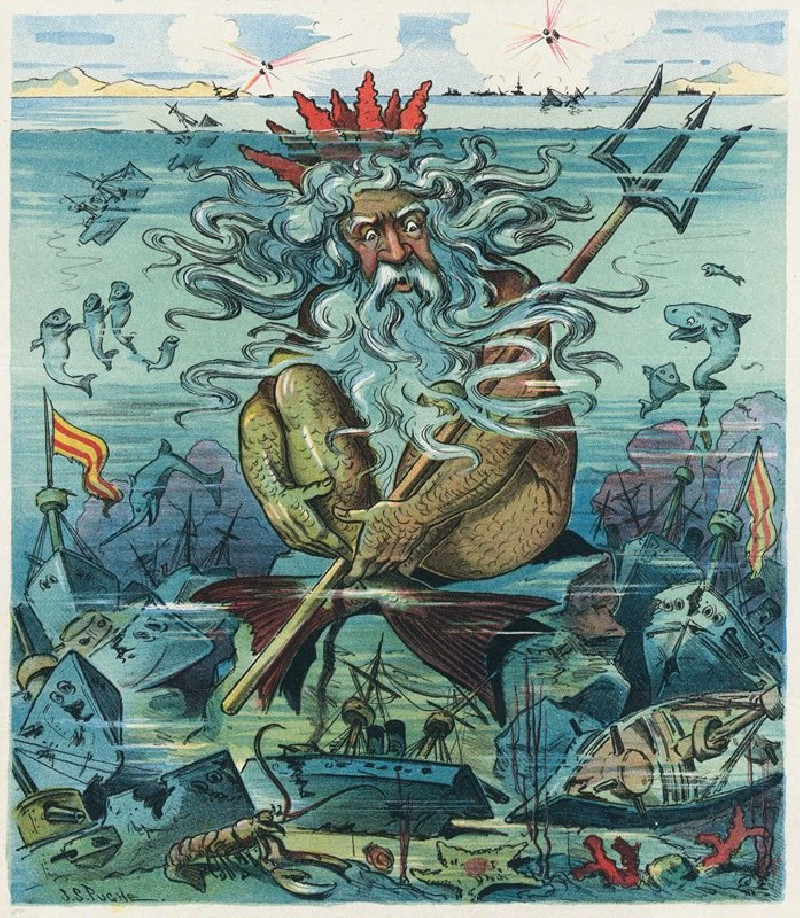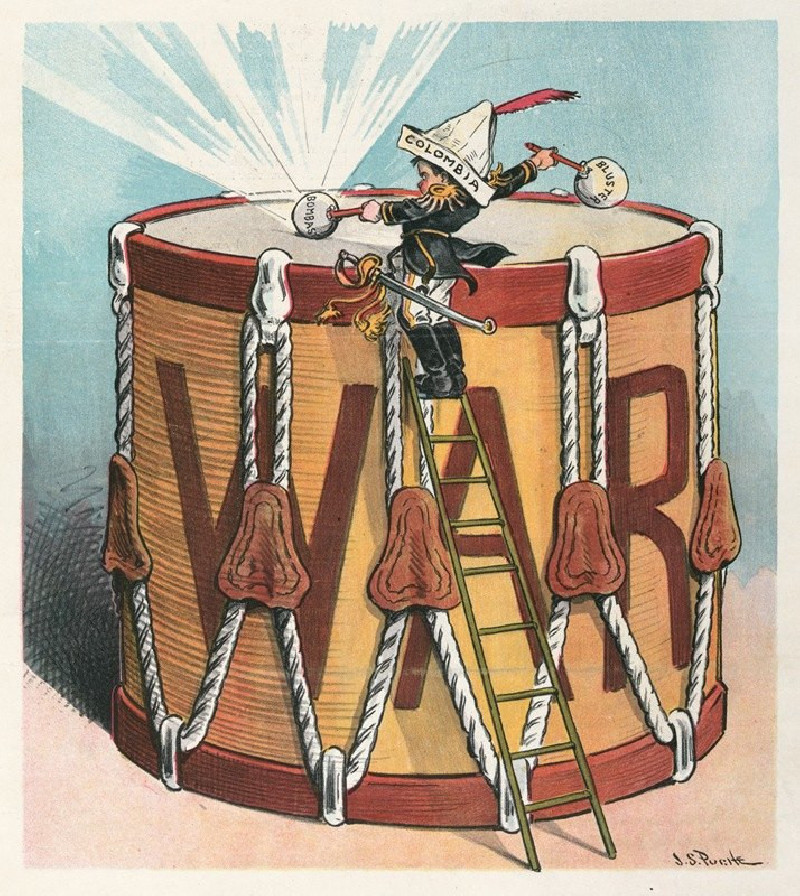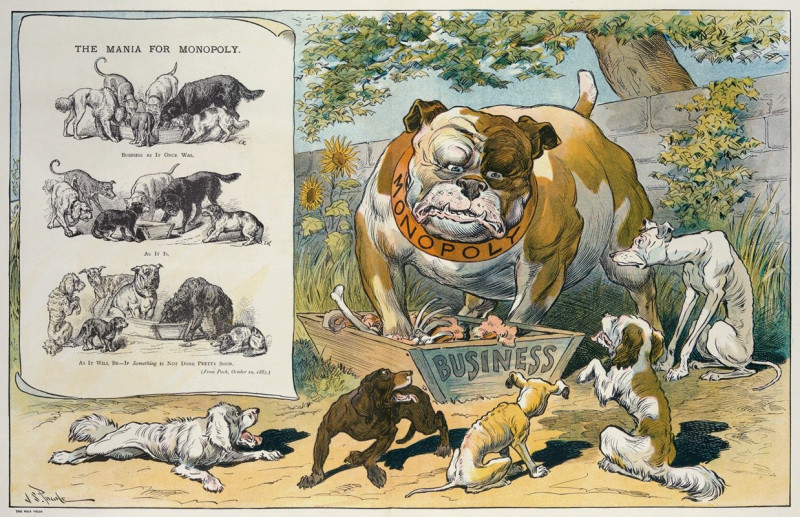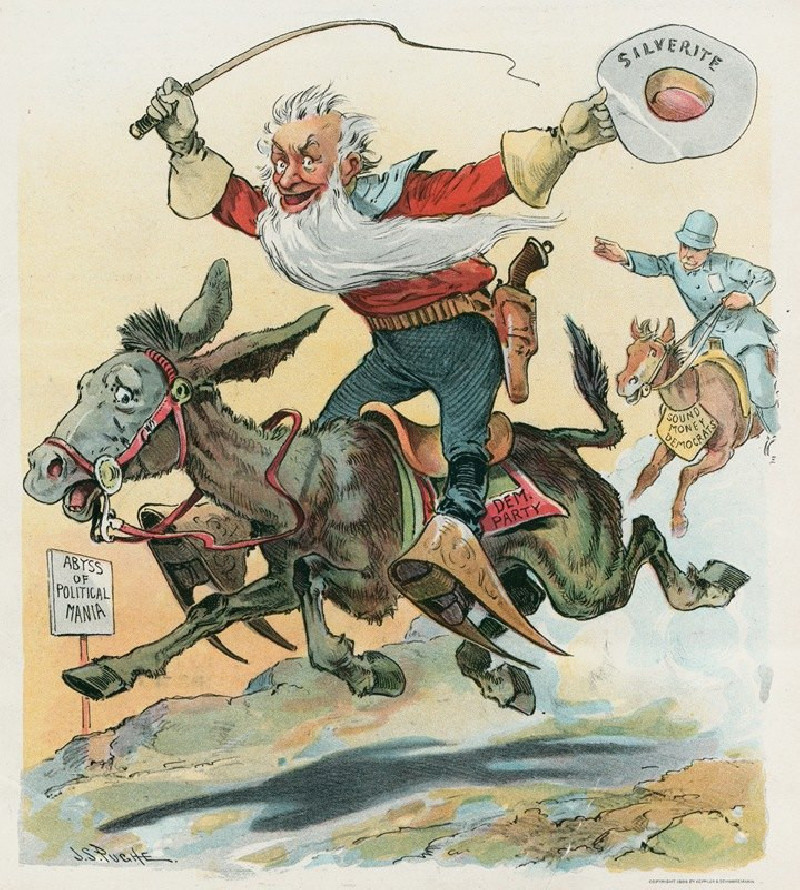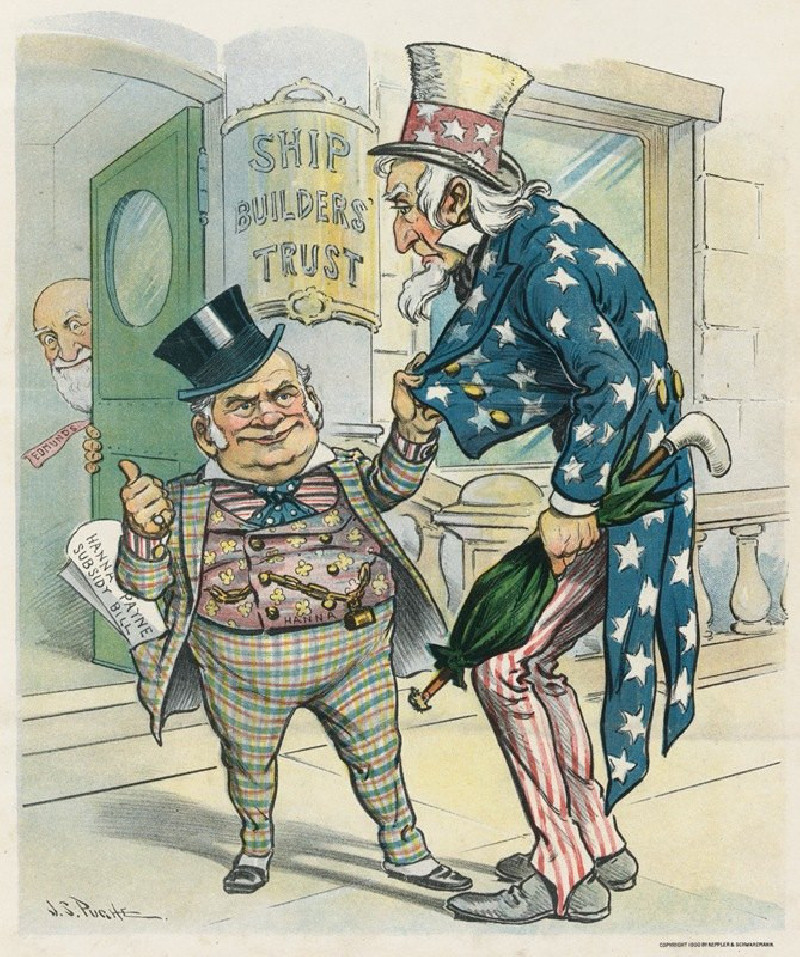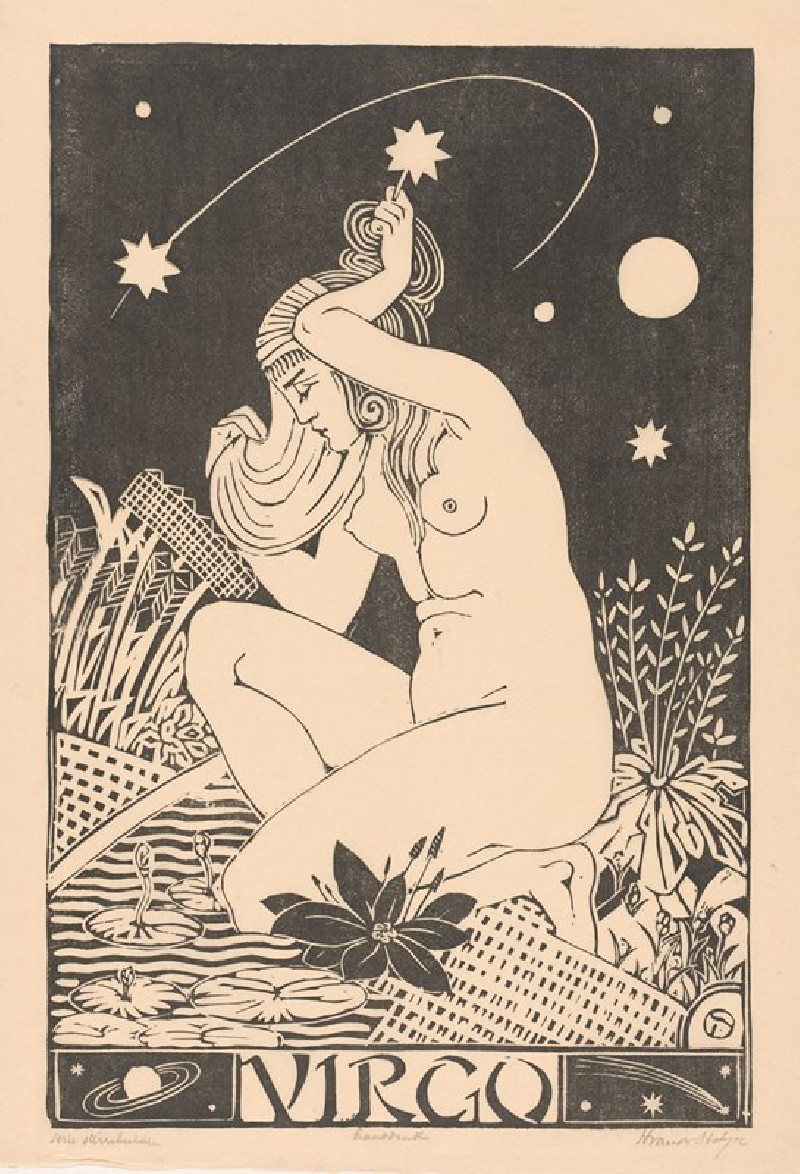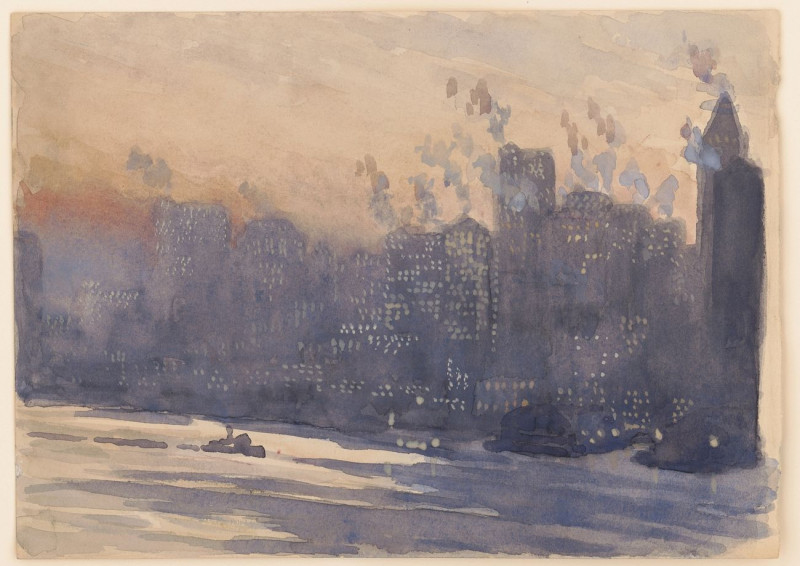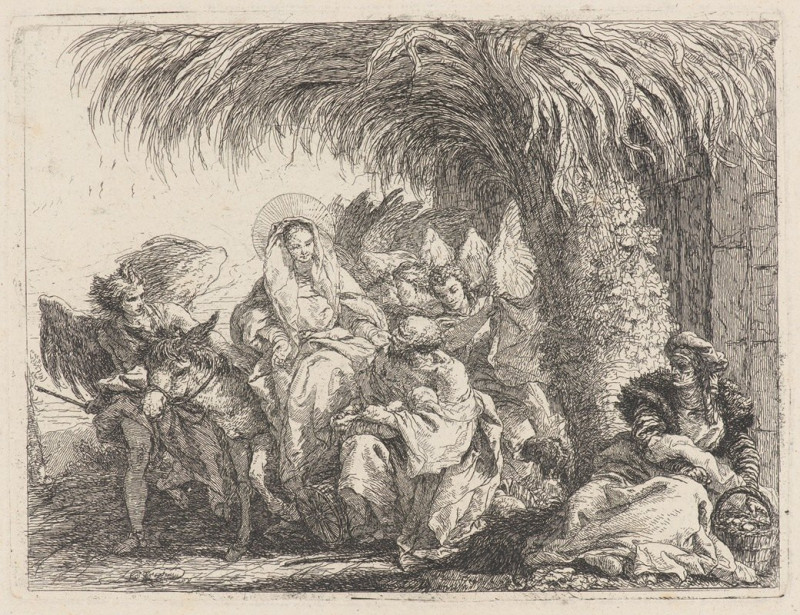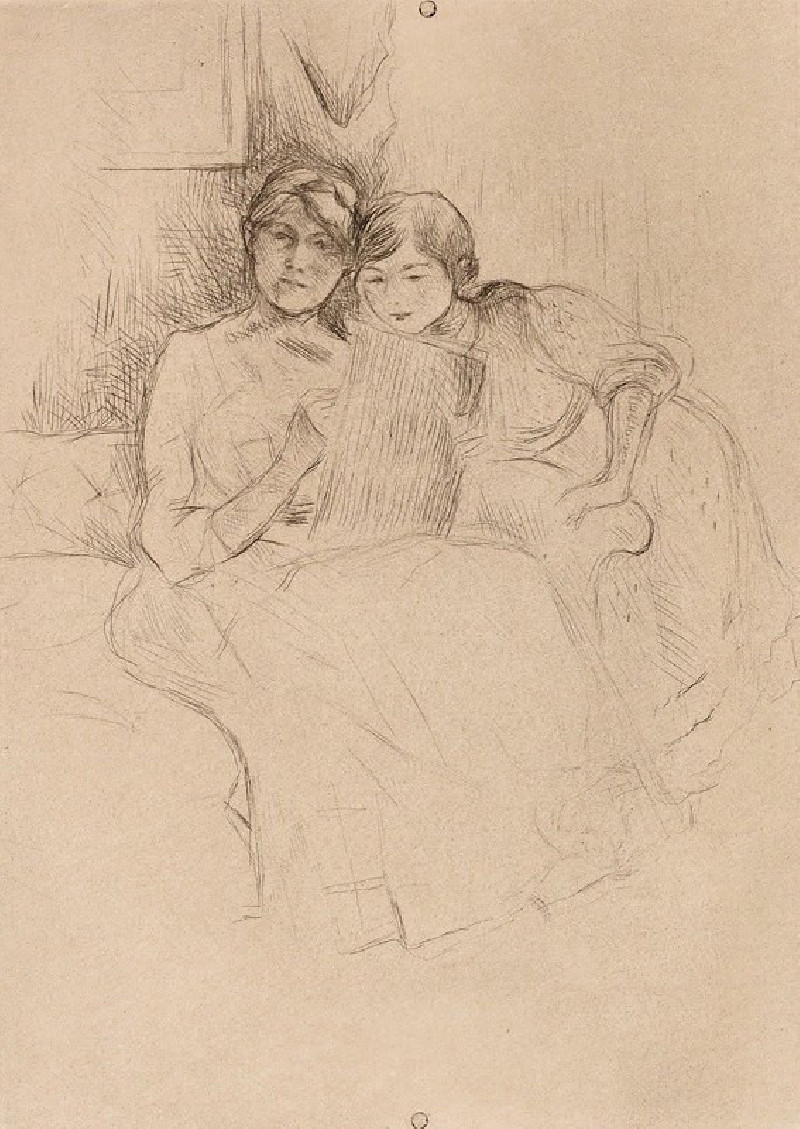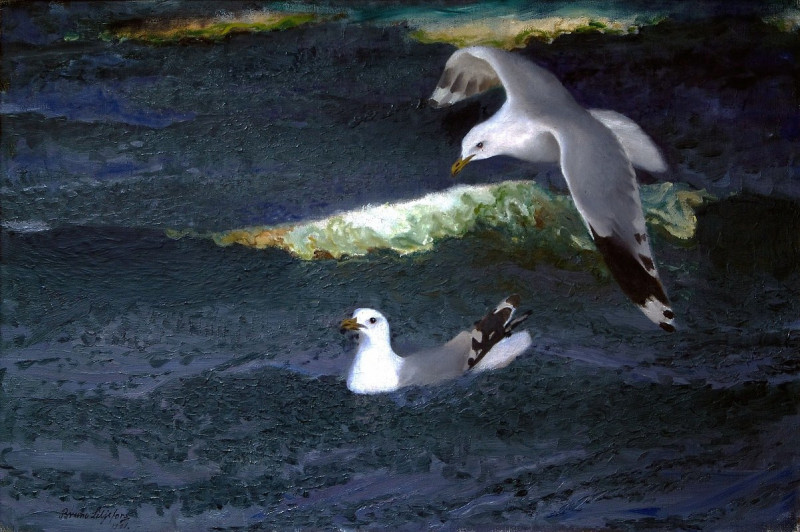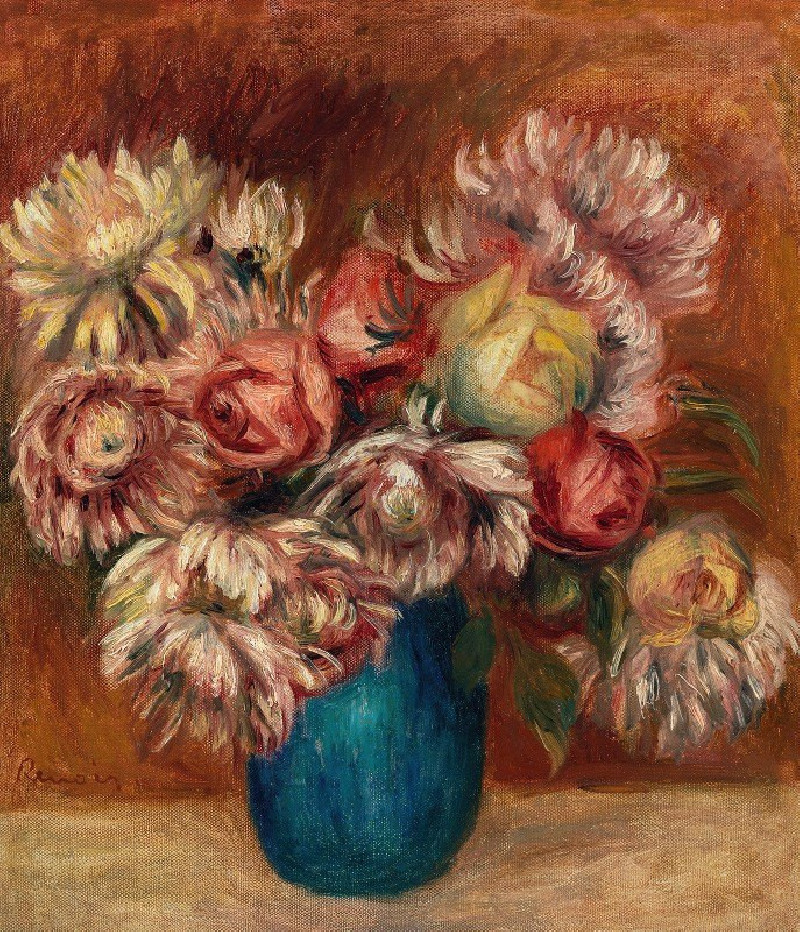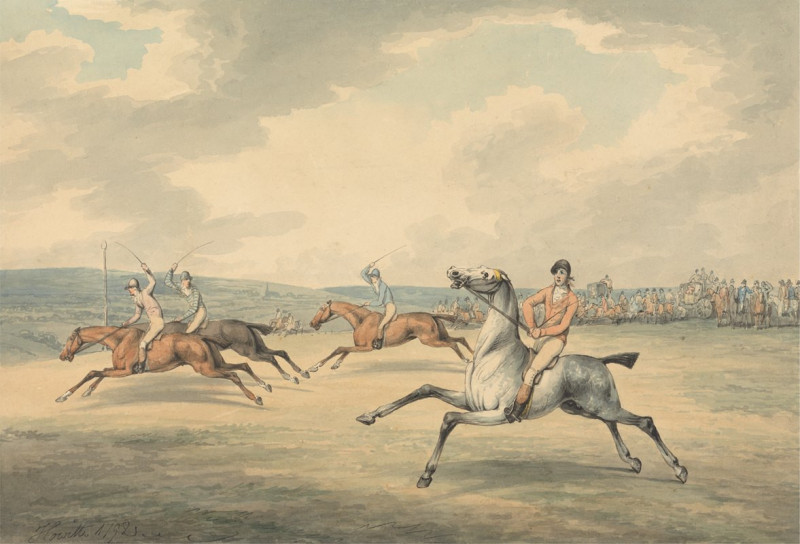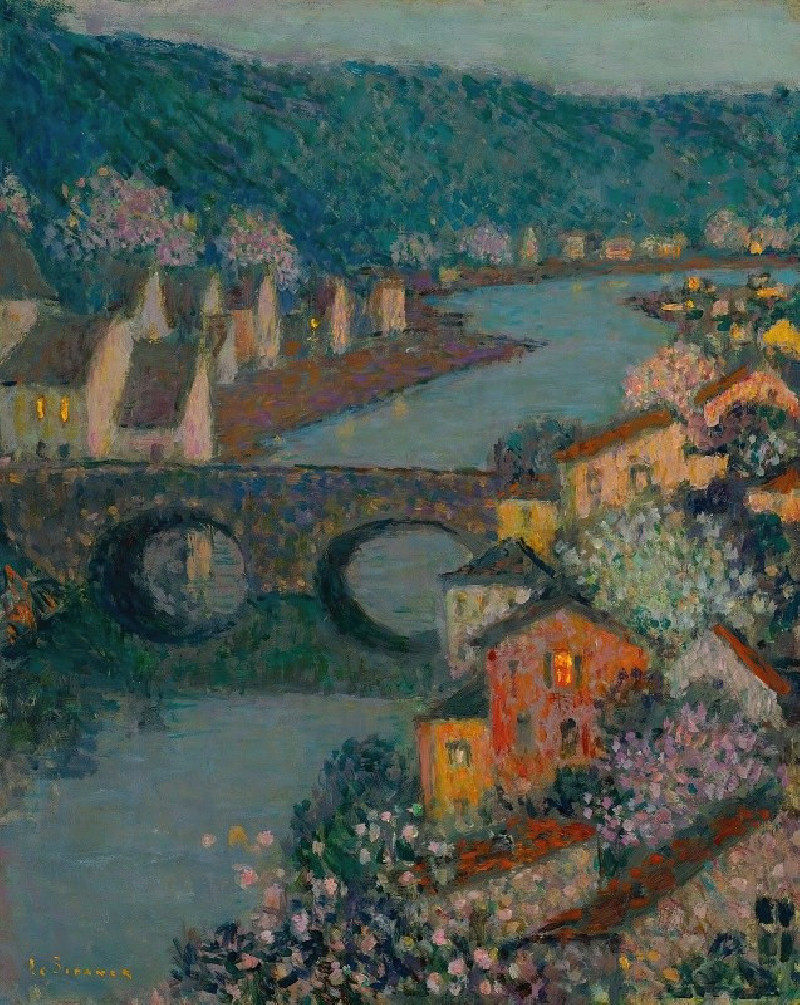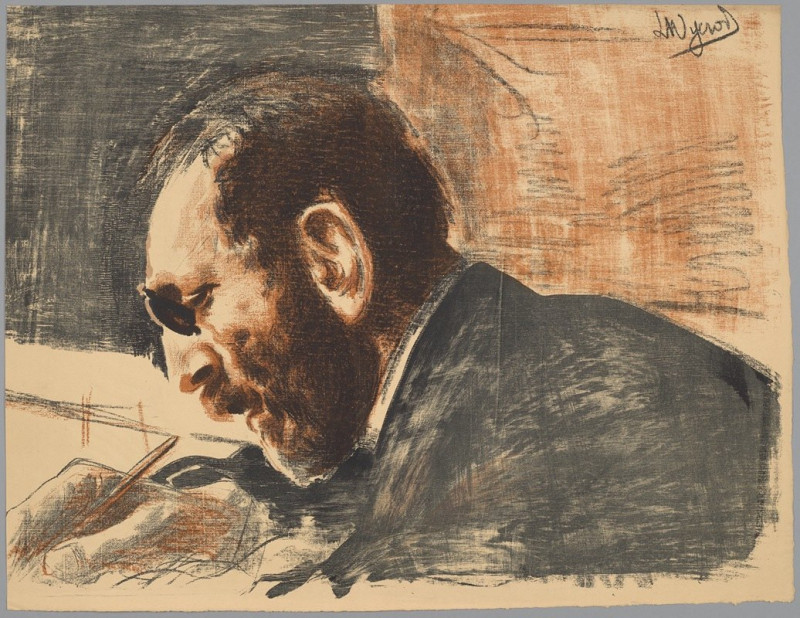The sands of time (1904)
Technique: Giclée quality print
Recommended by our customers
More about this artwork
The painting "The Sands of Time" (1904) by John Samuel Pughe offers a compelling visual commentary that traverses the domains of mythology and international politics. At first glance, the figure depicted draws upon the Roman god of war, Mars, symbolizing aggression and military might. The warrior's helmet is inscribed with his name, enhancing the allegorical nature of the character.In this thought-provoking piece, Mars is shown intently gazing at an hourglass where the sands that pass between the upper and lower bulbs mark "Peace" at the top and "War" at the bottom. This stark contrast between peace and war encapsulates the relentless and cyclical nature of human conflicts. Mars rests his arms upon an open book with a map, pointing towards the key geopolitical players of the era, Korea and Japan, which hint at the historical context likely related to the tensions surrounding the Russo-Japanese War era.Through "The Sands of Time," Pughe artfully captures the incessant oscillation between peace and conflict, a timeless notion reflected through the finite passage of sand.
Delivery
Returns
John Samuel Pughe, was a Welsh-born American political cartoonist, best known for his illustrations for Puck magazine.
John Samuel Pughe was born in Dolgelley, Merionethshire, Wales, and brought to America by his parents when he was two years old. He studied art at Cooper Union.
J. S. Pughe illustrated news stories for the New York Recorder, Brooklyn Life, and the Brooklyn edition of the World as a young man. He began working at Puck magazine in 1894. He was a regular contributor there until his last cartoon for them, in December 1908.
Pughe died in 1909, age 38, at Lakehurst, New Jersey, where he had been spending several months to improve his health.

